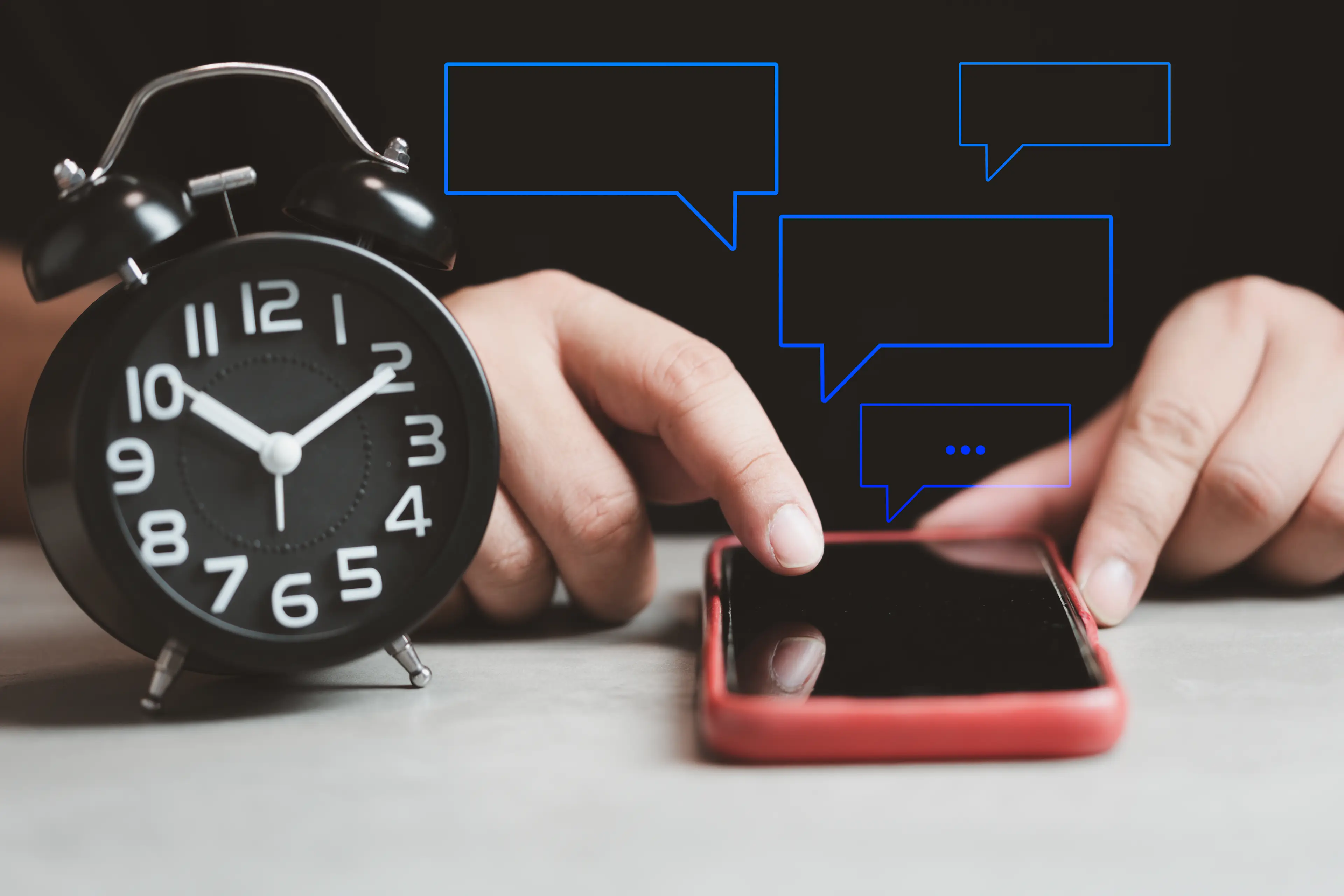Unify your marketing and advertising teams. Save costs by up to 50% and boost marketing ROI.
Streamline organic and paid campaign orchestration across 30+ channels with a unified AI-powered platform. Unlock higher productivity, faster go-to-market and better brand governance.

3 Reasons Why User-Generated Content Works
The days of one-way communication between brands and consumers are a thing of the past. Today’s consumers are connected and empowered like never before, and their online conversations are helping to dictate brands’ strategic decisions. The way brands choose to engage with their audience can be the difference between a loyal customer and a lost opportunity.
Consumers have made it clear they want authentic, original content from real people. In fact, 85% of consumers find UGC more influential than any form of brand content.
From luxury brands to startups, companies of every size and marketing budget are using User-Generated Content (UGC) to create innovative, memorable campaigns that resonate with their audience in a fresh way.
So, what makes UGC so compelling for both brands and consumers? And why might your marketing team want to try this strategy?
Here are three of the biggest reasons why user-generated content works.
Why UGC is the key to authentic marketing
Learn how to build and maintain a top-notch UGC strategy.
1. UGC Embraces Authenticity
While it’s easy to get hung up on creating high-quality content, it’s important to remember that sometimes a shaky YouTube video can actually convert better than a million-dollar ad campaign. That’s because for today’s consumers, authenticity is much more important than looking professional.
As a study from Stackla found, 60% of consumers say user-generated content is the most authentic form of content. And according to Elite Daily, 43% of millennials rank authenticity above the content itself when consuming news.
With UGC, your customers can take note of how real people use your products and share their passion for the brand.
When Apple released the iPhone 6, the brand encouraged consumers to capture compelling scenes from everyday life and upload their best shots using hashtag #ShotOniPhone6. Apple then picked the best submissions to showcase on billboards and print ads around the world. The campaign received an estimated 6.5 billion media impressions and yielded 95% positive mentions.
While the photos look sleek, users know they’re not just being fed a corporate product catalog. They can appreciate that the images come from everyday customers, just like themselves.
2. UGC is Cost-Effective
Sometimes it’s cheaper to source hundreds of pieces of UGC than it is to create one piece of content in-house. With UGC, customers are creating the assets for you – and bringing in their own audiences as a result.
Last year, Nest Cam launched one of its most successful user-generated content campaigns to date. Throughout the year, it encouraged customers to submit clips from their 24/7 live streaming cameras with the hashtag #CaughtOnNestCam. The brand compiled the best submissions in an end-of-year video – a great way to showcase what the camera can do in a fun, innovative way.
The final video drew over 1.2 million views on YouTube, 3.1 million views across Facebook, and reached more than 4.5 million people – all from an effort that cost very little.
3. UGC is Easier to Track Than You Think
Since UGC isn’t created on owned media properties, it can seem daunting to track and measure the results. If you don’t have the right tools in place to understand the effectiveness of your program, your budget may suffer because you won’t know how much money to invest in the initiative.
While there are many ways to solve this problem, one of the easiest is to use a trackable link that connects every single channel. For instance, HP teamed up with influencer Rudy Mancuso to remake the Star Wars theme song using the HP x360. Rudy then posted his video to his 350,000 Instagram followers, inviting viewers to see more by clicking the link in @HP’s bio.
By using a URL shortener and embedding urchin tracking module (UTM) codes, HP was able to see just how many conversions came from its Instagram bio and where each click came from. This is especially useful for brands working with multiple partners across various channels. Through trackable links, they can see not only which influencer drives the best results, but also which of their channels drives the best results and how much engagement is generated from each.
Final Thoughts
UGC campaigns empower companies to reach consumers in a fundamentally new way. With the right approach and strategy, brands of all sizes can engage customers with an unprecedented sense of authenticity. By doing so, companies can drive heightened attention from consumers, but also real, positive business results.

